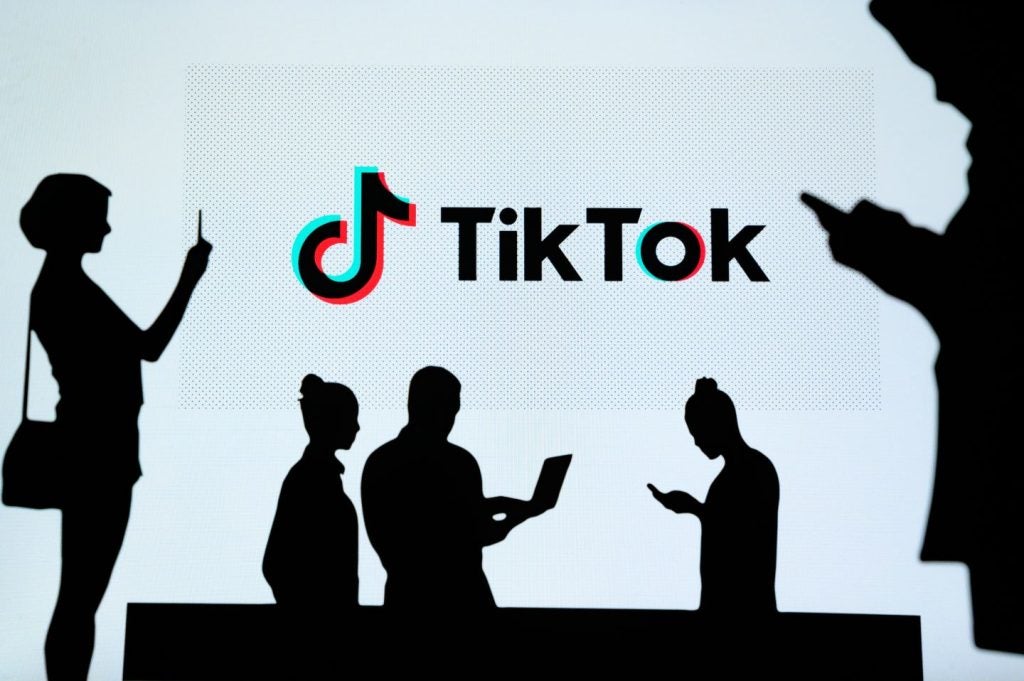
Spectators, organisers and referees rely on data to make sporting experience the best it can be, and with technology advancing, the future of spectator sports looks bright.
The introduction of Virtual Assistant Referee (VAR) technology had an immediate and obvious impact on the 2018 FIFA World Cup, leading to a record number of penalties being awarded: 29 during the whole tournament, with 22 scored and seven missed.
In the age of instant replay, use of VAR was inevitable. Before it was introduced, fans sitting at home watching in HD had the ability to rewind and could see when the referee had missed a foul or an offside.
Without access to data that was at least as good as that available to the fans, confidence in the sport was undermined. However, the growing importance of real-time data in sport is not confined to football. Whether it’s delivering over 4 million match statistics during the Wimbledon Lawn Tennis Championships or bringing live race updates to 500 million F1 fans worldwide, data is crucial to the sporting experience in such a connected age.
Mike Tate, Executive Director of St Andrew Royal and Ancient Golf Club, explains “as sport gets closer to the edge of human abilities, data becomes increasingly important. It’s crucial to the organisers and the referees, but also to the fans. They want to know about every shot, every player’s performance. And they can’t watch every hole at once. It’s our job, working with our data teams, to bridge that gap.”
Sporting events in the connected age
Until 2018, mobile phones were banned at The Open Golf Championships. The ban was prompted in part by concerns over photography but equally out of fears that the constant clicks of camera phones would distract players on their backswing.
How well do you really know your competitors?
Access the most comprehensive Company Profiles on the market, powered by GlobalData. Save hours of research. Gain competitive edge.

Thank you!
Your download email will arrive shortly
Not ready to buy yet? Download a free sample
We are confident about the unique quality of our Company Profiles. However, we want you to make the most beneficial decision for your business, so we offer a free sample that you can download by submitting the below form
By GlobalDataViewers are still asked not to take photos when players are teeing off, but the ban has now been almost completely removed. “When someone comes to The Open,” explains Mike Tate, “we want to give them the best day possible. The whole site is now Wi-Fi connected — quite an achievement in a remote part of Scotland — allowing viewers to replay the last shot on hole seven while they’re walking between holes nine and twelve.”
The NTT DATA Wall is also key to spectator experience at The Open. Introduced to replace manual scoreboards in 2013, the 20-meter Data Wall shows a live-stream of the tournament. It gives viewers on site and at home real-time updates on the outcome of every shot.
The analytics system behind the wall identifies key trends in that day’s play, showing viewers statistics related to those trends and shots illustrating them. As well as improving on-site spectator experience, the wall outputs data to the tournament’s official app and website. This year, the wall also utilised crowd emotion detection to highlight the most gripping events in the tournament. Those moments that really excited fans were then added to the highlights reel for all to enjoy. The result is a carefully curated, highly structured and meaningful flow of information to the fans, keeping them engaged, informed, and most of all, truly immersed in the experience.
There is no better example of technology immersing fans in the experience, than the introduction of virtual reality to the Open. HoloLens provided those fans lucky enough to get their hands on the technology, a 3D VIP experience which dropped them, virtually, in the middle of the action. Others in the crowds caught up on the play with holographic replays. Both technologies not only bring fans closer to the sport, but also give them a more informed, smarter perspective on the action.
Data is key to the future of spectator sports
The Open’s Data Wall illustrates a phenomenon common to all sports with a major following — the emergence of the connected and informed fan. The passion which fans feel for their sport, and their fascination for statistics about their team isn’t news to anyone.
But in the data age, fans are no longer content to thumb their worn copy of Wisdens Almanac or the Football Outsiders Almanac after the match. They want the insight right away. This can be seen in sports as disparate as the US National Football League (NFL) and basketball.
The NFL currently uses AI-based analytics in 22 stadiums. Using the NFL app and in-stadium Wi-Fi networks, organisers provide fans with a constant stream of updates, replays and other value-added services. As well as increasing engagement, this also gives the NFL a greater insight into who its fans are and what motivates them. This allows the NFL to improve the services it offers sponsors and advertisers.
In basketball, many US stadiums now use cameras installed around the court to live-feed footage of shots to AI-driven analytics systems. The analytics systems analyse the shot to understand each player’s style of play and even to predict how they will handle a particular shot. Not only is this data fed to fans and used to update predictions for league positions at the end of the season, it has also revolutionised the way coaches work with their teams.
If you look at data in sport today, we’re seeing a convergence of the very best analytics technology with cutting edge design-thinking. Providers must capture data instantly and accurately, feed that data through to their back-end systems to turn it into meaningful information, and then display this in a way that’s instantly compelling to fans, regardless of the platform they see it on. Undoubtedly, the future of spectator sports is set to centre around smart events and ever more creative ways of leveraging technology to improve fans’ immersive experiences.
The platform challenge
The flip side of the potential of big data in sport, is the complexity involved. Not only are the systems multifaceted, they must be scalable and adaptable to allow them to easily deal with spikes in demand. And they need to achieve this level of reliability with often relatively little opportunity for real-world testing.
“If you think of The Open,” says Mike Tate of the R&A, “our viewership goes from zero to millions in just a day. Everything has to be right from the moment the first fans, usually the Australians, tune in”. To cope with this challenge, many sporting tournaments and leagues are turning to specialist outside providers who can help them match the back-end infrastructure to the front-end design-led presentation that will excite and engage fans.
The good news is that the rewards for engaging with fans through intelligently presented data are huge. With a better, immersive experience, fans are more engaged, more empowered, more likely to interact, spectate, spend and return.




